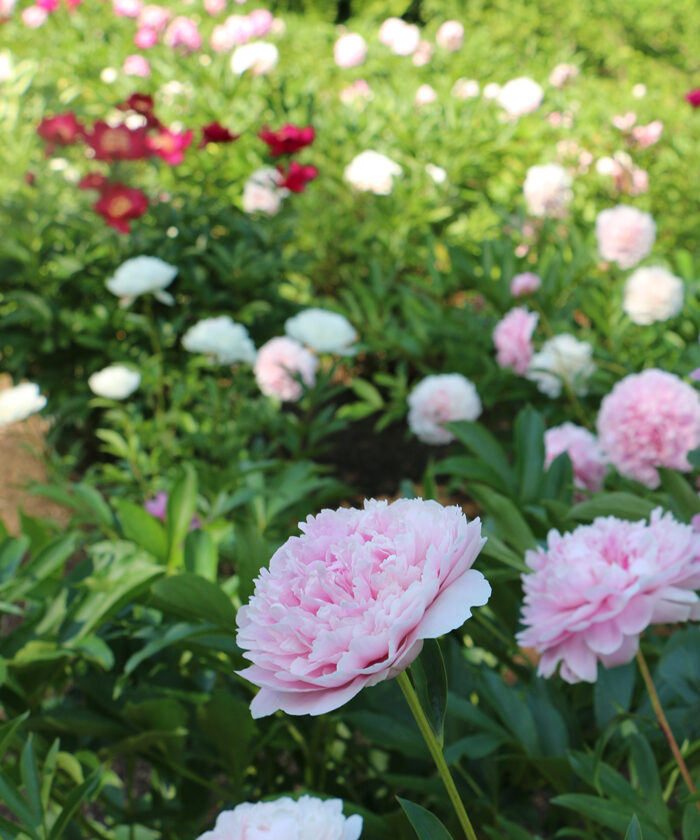
Adding peonies (Paeonia spp. and cvs., Zones 3-8) to a garden brings enormous value. They are very long-lived and often are passed down from generation to generation. Once established, a peony plant will provide cut flowers and fragrance for as long as you live in your home. My peony garden (above) was planted by my grandparents in the 1920s and continues to produce armloads of flowers every June.
The three types of peony
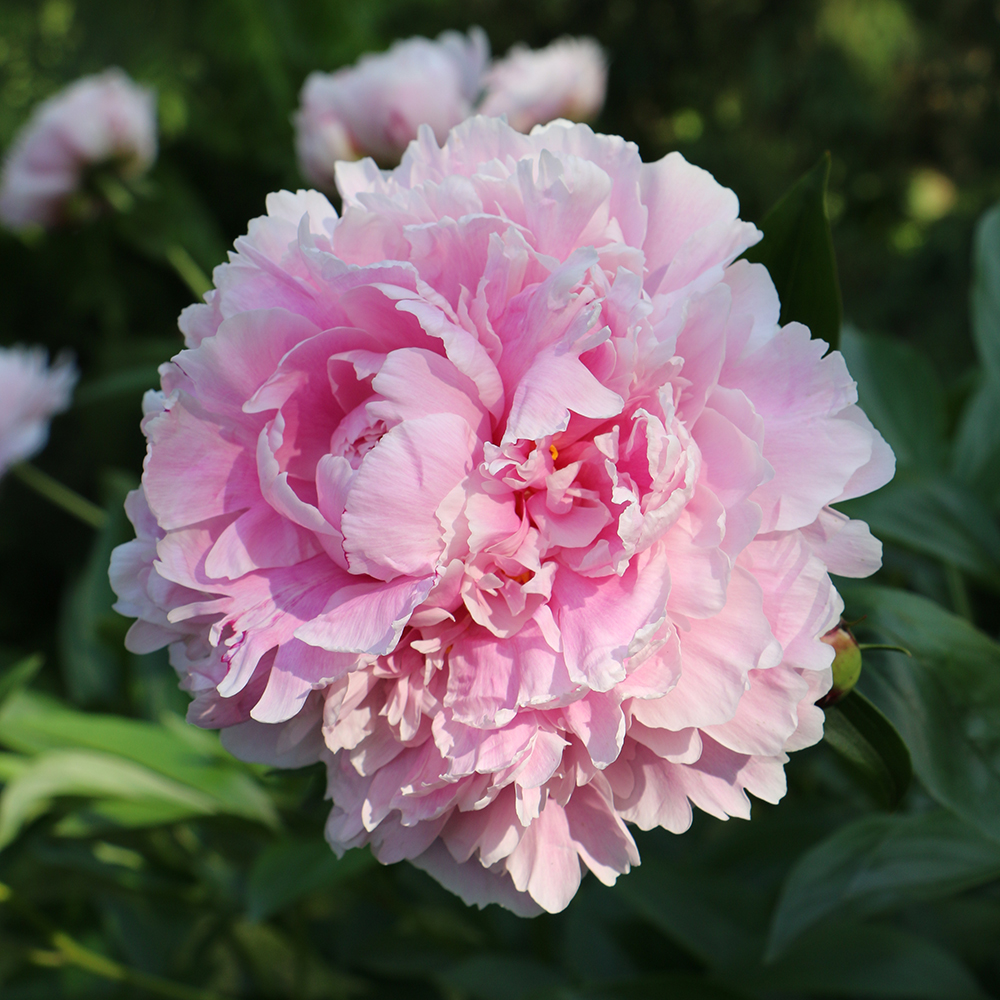
Herbaceous peonies: The most common peonies are herbaceous peonies. These plants are what most of us visualize as the classic, old-fashioned, cut-flower peonies that can be found at florist shops or cut-flower farms. Often very fragrant, these plants die back to the ground every autumn.
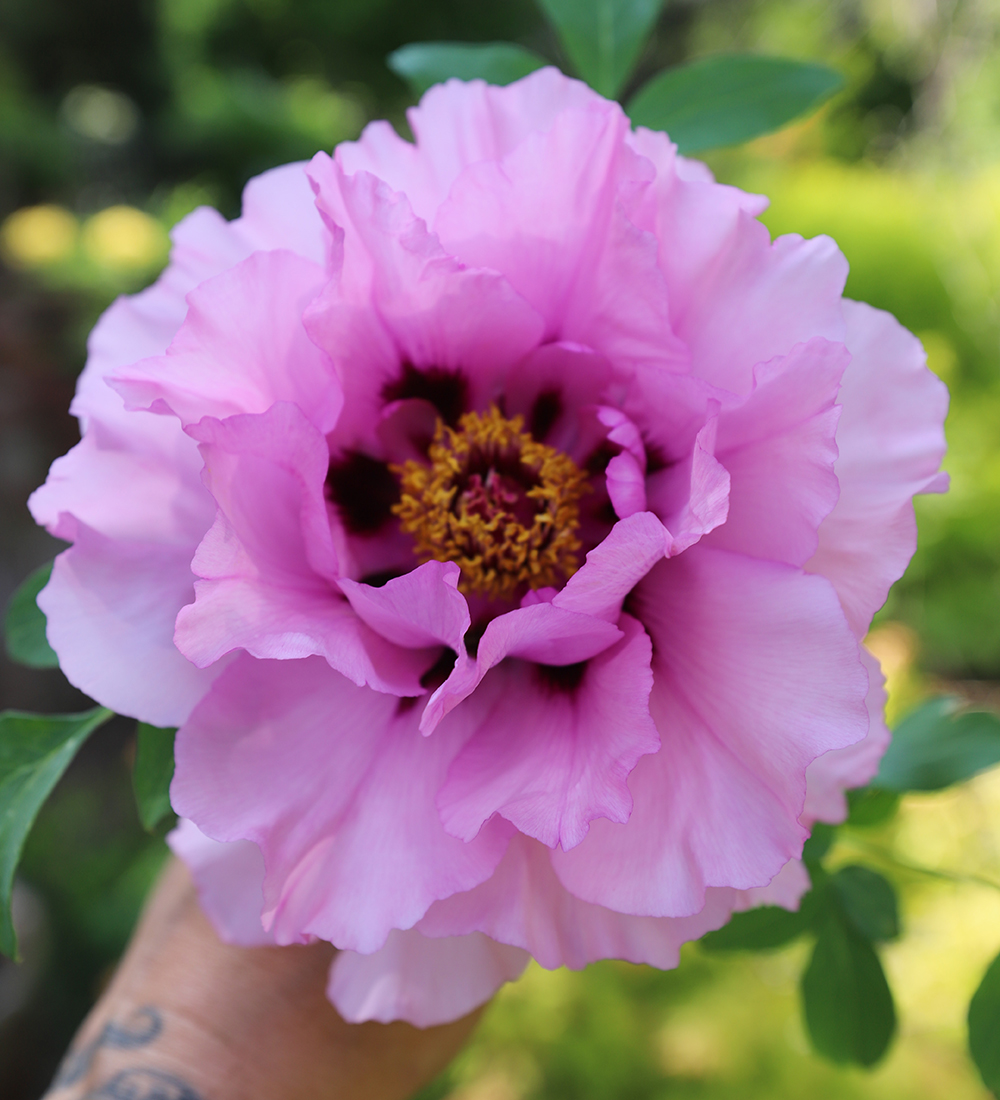
Tree peonies: Most tree peony (P. suffruticosa, Zones 4–8) varieties are a bit more tender for those of us gardening in the Northeast. Most are considered truly hardy to Zone 6, but I dare to plant a couple in a protected spot; once they are established, they can often survive through Zone 5. Not truly trees, these are Asiatic plants that form permanent woody stems that gradually grow longer with each year. Flowers are produced after mild winters at the end of each branch.
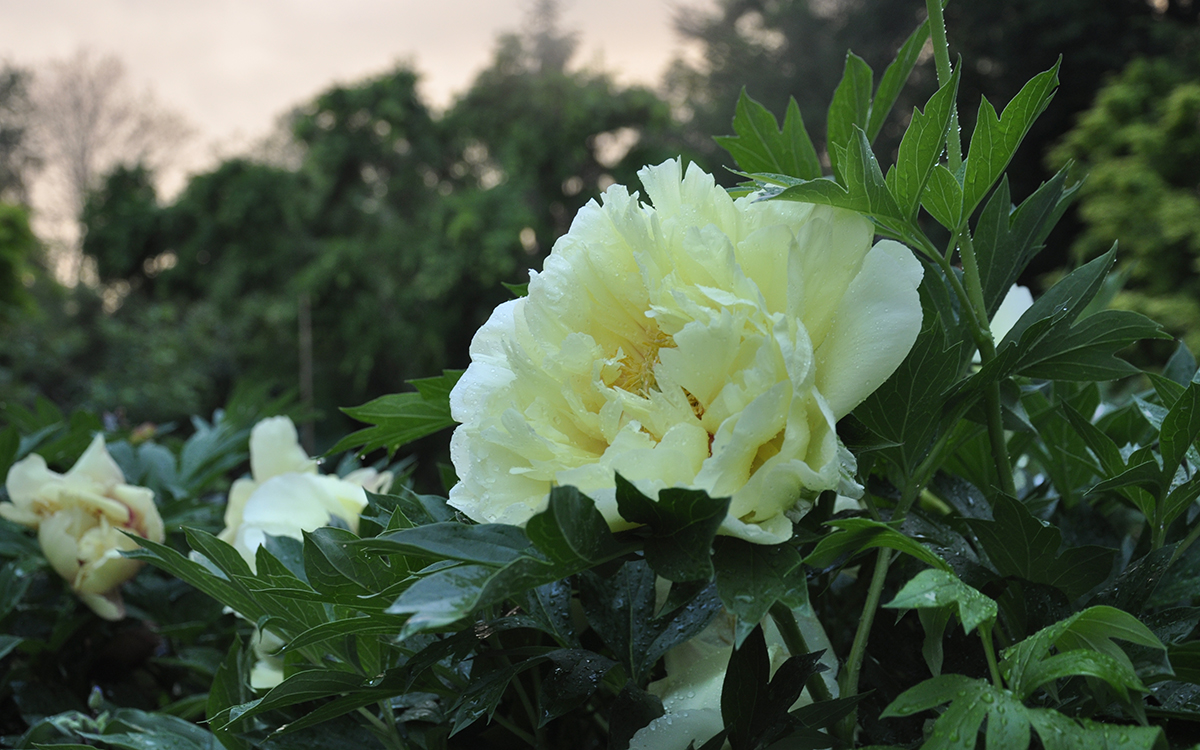
Itoh hybrids: The third group is rather new on the scene—the intersectional, or Itoh, hybrids, first bred and developed by Dr. Itoh in the late 1960s. Itohs offer the best of both herbaceous and tree peonies. They generally have excellent hardiness (the plants die back completely to the ground like herbaceous peonies) and produce large flowers with the warmer color palette of tree peonies. Itoh peonies are pricey, but I consider them an excellent investment. The foliage is attractive enough by itself, remaining upright and often as showy as that of any hydrangea (Hydrangea spp. and cvs., Zones 4–9) or other ornamental shrub until autumn frost arrives.
Choosing the perfect spot
One of those plants that dislikes being moved, peonies are relatively carefree. The best advice is often to plant them and leave them alone. That said, most of the work that comes with peony culture happens up-front: preparing a bed with rich soil and positioning the peonies where large trees won’t shade the bed too much.
Plant peonies in a sunny spot (a few hours of shade is OK). Peonies enjoy having lots of room and grow best with bare space around them. Any competition near the roots will impact future blooms. As such, they aren’t the best choice for perennial borders unless you can keep other plants farther away. Many peony lovers set out peonies in a dedicated bed with plants in rows or grids. Mulch annually with a thin application of shredded wood bark, or ideally, a mixture of composted manure and bark mulch. If you plant peonies near other perennials, provide them with plenty of room, with no plants closer than 24 inches away.
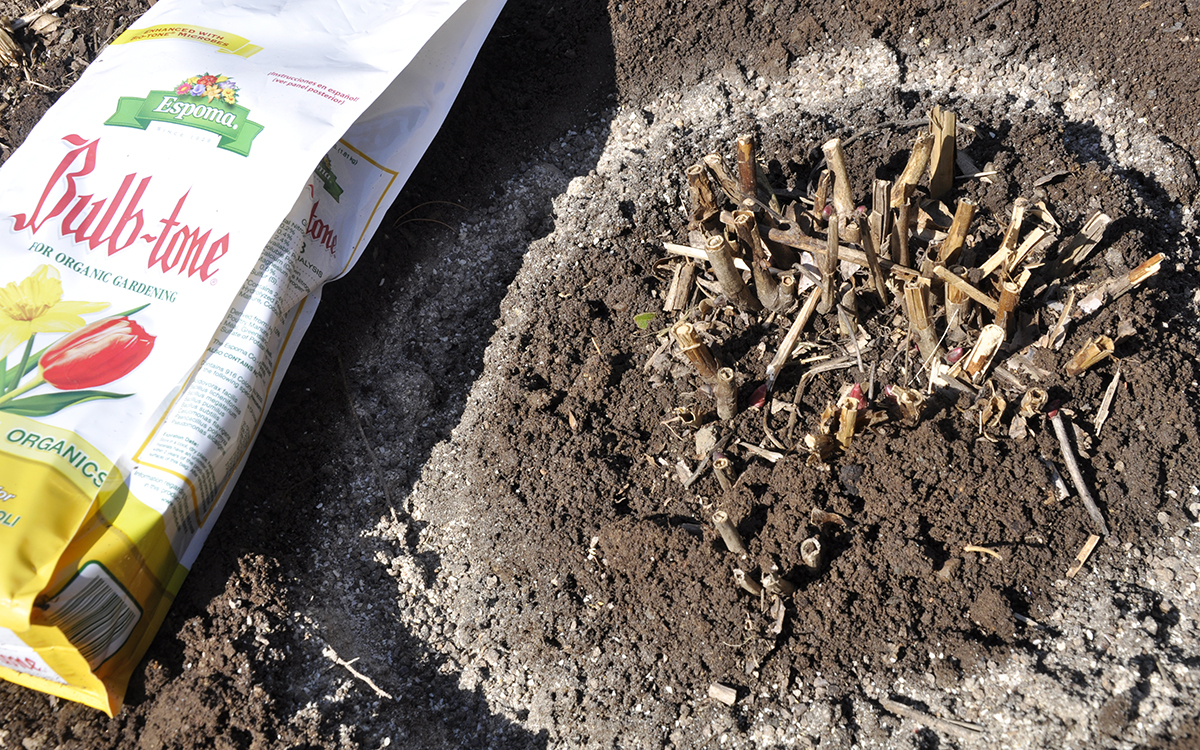
Maintenance is easy
Ongoing care is simple. In addition to mulch and compost in spring, peonies benefit from fertilizer. While balanced feeders (like a 10-10-10 or a natural, organic application of leaf mold) are appropriate, many peony growers use a bulb fertilizer; anything low in nitrogen but higher in potassium and phosphorus, such as a 5-10-10, applied once in late winter to help build roots will work. Typically, any granular, slow-release bulb fertilizer consisting of bone meal or blood meal will do. Apart from that, a light cleanup in late autumn or the following spring to remove dead stems is often all that is needed.
However, staking may be the biggest chore, as the large flowers can and will fall over with their weight. You can use metal peony rings set around plants while they are emerging. You can also use simple bamboo canes and twine wrapped loosely around the entire clump. As for ants on the flower buds, they are harmless, and while myths abound about them helping to open flower buds, they are only enjoying the sweet sap emitted before flowers open.
Finding the perfect variety
You will find peony plants established in pots at nurseries in spring, but traditionally, bareroot peonies are planted in autumn, which is when specialist nurseries ship peony crowns. Either works, though often more interesting or newer varieties can be found via mail order. Looking for your new favorite peony? Check out these resources:
—Matt Mattus is the author of two books: Mastering the Art of Flower Gardening and Mastering the Art of Vegetable Gardening. He gardens in Worcester, Massachusetts.
Fine Gardening Recommended Products

ARS Telescoping Long Reach Pruner
Fine Gardening receives a commission for items purchased through links on this site, including Amazon Associates and other affiliate advertising programs.

Nelson Multi-Pattern Stationary Sprinkler
Fine Gardening receives a commission for items purchased through links on this site, including Amazon Associates and other affiliate advertising programs.
- Impact-resistant, plastic base
- Soft grip on multi-pattern head

Planting in a Post-Wild World: Designing Plant Communities for Resilient Landscapes
Fine Gardening receives a commission for items purchased through links on this site, including Amazon Associates and other affiliate advertising programs.


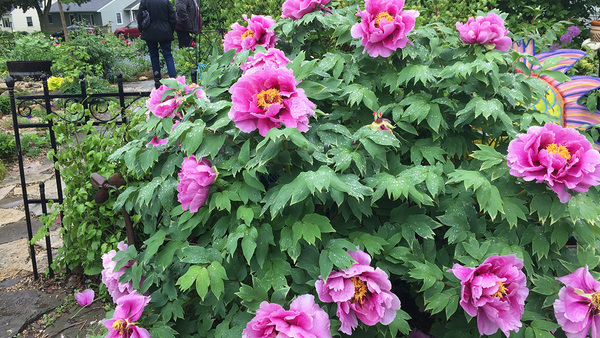


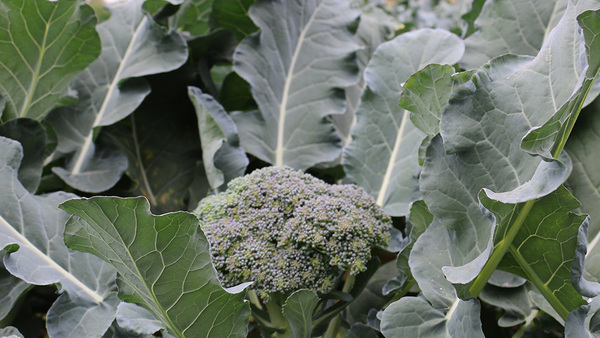

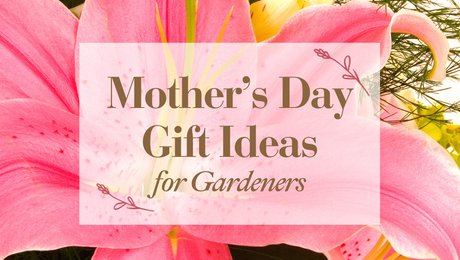











Comments
Log in or create an account to post a comment.
Sign up Log in